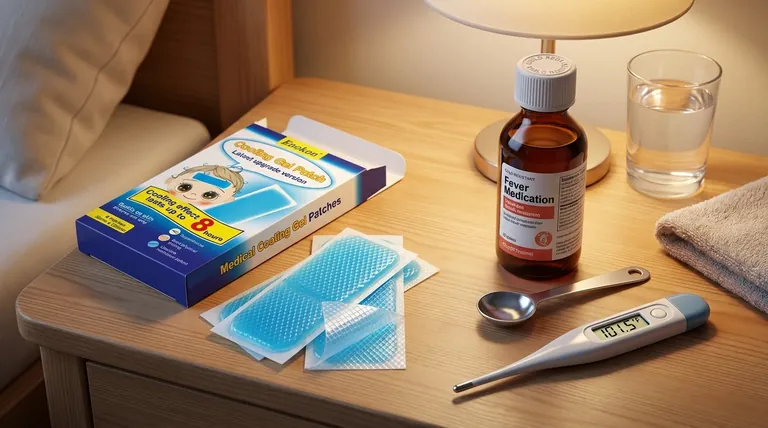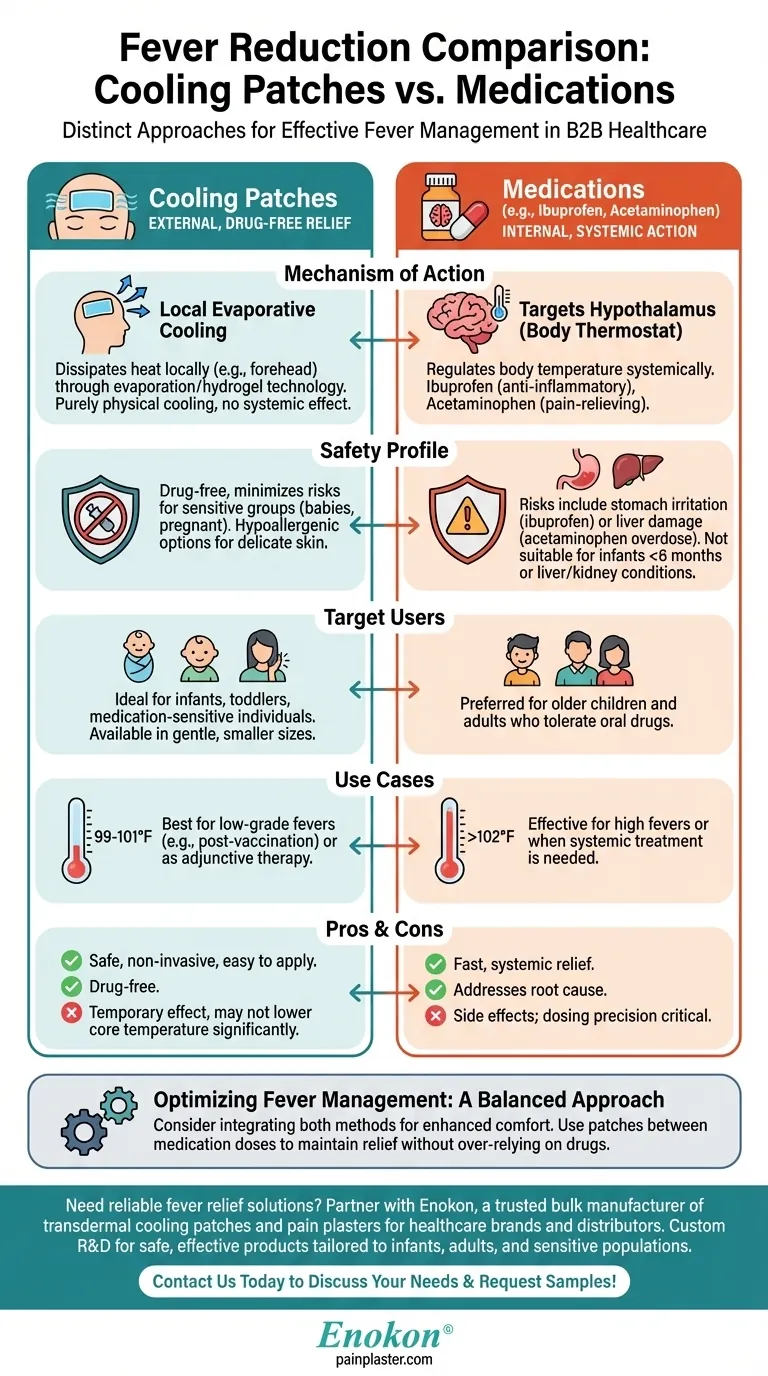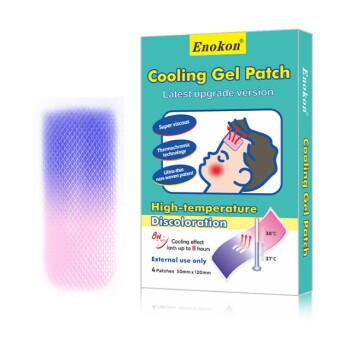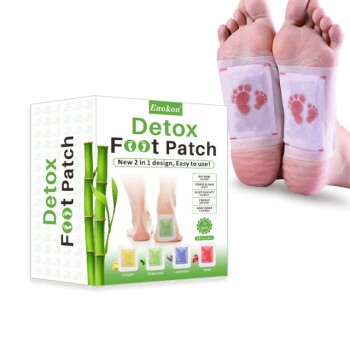Cooling patches and medications like ibuprofen or acetaminophen offer distinct approaches to fever reduction, each with unique advantages and limitations. Medications work internally by targeting the hypothalamus to regulate body temperature but carry risks like stomach irritation or liver toxicity in overdoses. Cooling patches provide external, drug-free relief through evaporative cooling, making them ideal for infants, toddlers, or medication-sensitive individuals. While medications address the root cause of fever, cooling patches offer symptomatic relief without systemic side effects, though their efficacy is often more localized and temporary. The choice depends on age, health status, and severity of fever.

Key Points Explained:
-
Mechanism of Action
-
Medications:
- Target the hypothalamus (the body's thermostat) to reduce fever systemically.
- Examples: Ibuprofen (anti-inflammatory) and acetaminophen (pain-relieving).
-
Cooling Patches:
- Rely on evaporation or hydrogel technology to dissipate heat locally (e.g., forehead).
- No systemic effect; purely physical cooling.
-
Medications:
-
Safety Profile
-
Medications:
- Risks include stomach irritation (ibuprofen) or liver damage (acetaminophen overdose).
- Not suitable for infants under 6 months or those with liver/kidney conditions.
-
Cooling Patches:
- Drug-free, minimizing risks for sensitive groups (e.g., babies, pregnant women).
- Hypoallergenic options available for delicate skin.
-
Medications:
-
Target Users
-
Medications:
- Preferred for older children and adults who can tolerate oral drugs.
-
Cooling Patches:
- Ideal for infants/toddlers (smaller, gentle patches) or adults (larger, stronger formulations).
-
Medications:
-
Use Cases
-
Medications:
- Effective for high fevers (>102°F/39°C) or when systemic treatment is needed.
-
Cooling Patches:
- Best for low-grade fevers (e.g., post-vaccination) or as adjunctive therapy.
-
Medications:
-
Pros and Cons
-
Medications:
- ✅ Fast, systemic relief.
- ❌ Side effects; dosing precision critical.
-
Cooling Patches:
- ✅ Safe, non-invasive, easy to apply.
- ❌ Temporary effect; may not lower core temperature significantly.
-
Medications:
-
Purchasing Considerations
- For caregivers: Prioritize patches for infants or those avoiding oral meds.
- For adults: Combine patches with medications for enhanced comfort.
- Look for pediatrician-recommended brands for babies (e.g., hydrogel-based).
Have you considered how integrating both methods might optimize fever management? For instance, using patches between medication doses can maintain comfort without over-relying on drugs. This balanced approach leverages the strengths of each while mitigating their limitations.
Summary Table:
| Feature | Medications (e.g., Ibuprofen/Acetaminophen) | Cooling Patches |
|---|---|---|
| Mechanism | Targets hypothalamus (systemic) | Local evaporative cooling |
| Safety | Risk of stomach/liver issues | Drug-free, hypoallergenic |
| Best For | Older children/adults with high fevers | Infants, medication-sensitive individuals |
| Duration | Long-lasting systemic relief | Temporary localized relief |
| Pros | Fast, addresses root cause | No side effects, easy to apply |
| Cons | Side effects if misdosed | Limited core temperature impact |
Need reliable fever relief solutions? Partner with Enokon, a trusted bulk manufacturer of transdermal cooling patches and pain plasters for healthcare brands and distributors. Our expertise in custom R&D ensures safe, effective products tailored to your needs—whether for infants, adults, or sensitive populations. Contact us today to discuss your requirements or request samples!
Products You Might Be Looking For:
Explore pediatric-friendly cooling patches with color-change technology
Visual Guide

Related Products
- Medical Cooling Gel Patches for Fever Cooling Patches
- Capsaicin Chili Medicated Pain Relief Patches
- Mugwort Wormwood Pain Relief Patch for Neck Pain
- Asthma Cough and Pain Relief Patch for Adults and Kids
- Heating Pain Relief Patches for Menstrual Cramps
People Also Ask
- How do cooling patches work to reduce fever? Safe, Drug-Free Relief for All Ages
- How should cooling patches be applied? A Step-by-Step Guide for Effective Relief
- Can cooling patches be refrigerated before use? Maximize Cooling Relief Safely
- Why are cooling patches considered one of the most effective methods for reducing fever? Safe, Drug-Free Relief
- Are fever reducing patches effective? A Guide to Safe, Soothing Relief

















